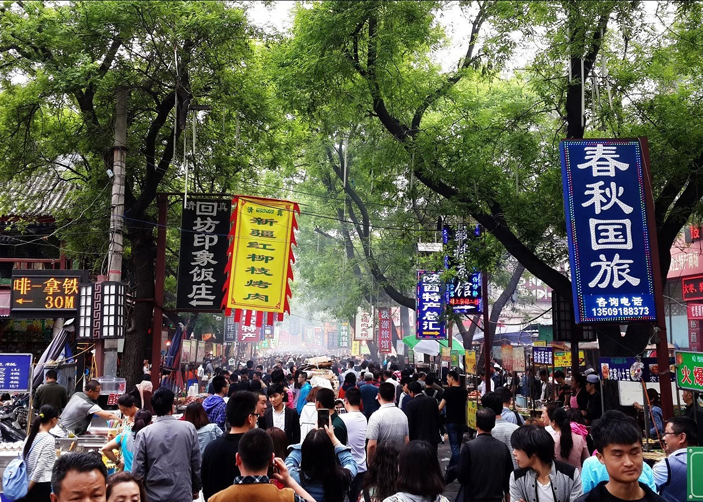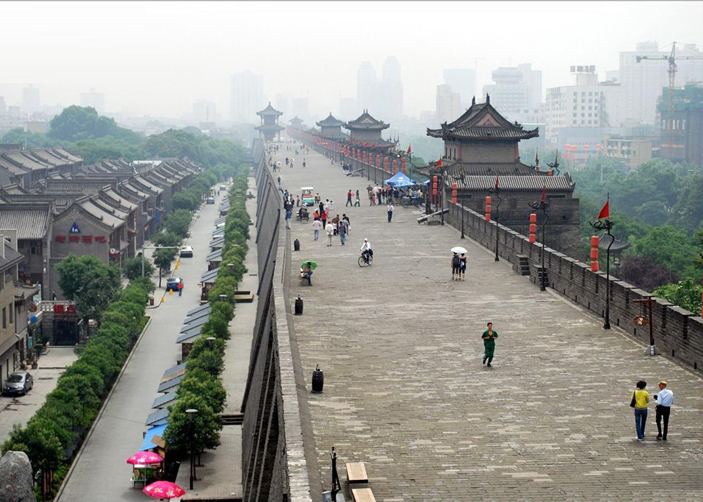Highlights: Today you will visit the Chengdu Research Base of Giant Panda Breeding, followed by a trip to the Wenshu Temple, then wander around Jinli Old Street for shopping.
Chengdu Panda Base: Which is 10km from Chengdu downtown, and takes 35 drive to get there. The panda based was founded in 1987 with with 6 giant pandas that rescued from the wild. Through 2015, it has had 161 panda births, and its panda population has grown to 108. Located in the base, the Giant Panda Museum is the world’s only museum that focuses entirely on the critically endangered giant panda.
Wenshu Temple: Located in the northwest of Chengdu, the Wenshu Temple is a famous Buddhist temple in China. The present temple grounds were built in 1697 of the Qing Dynasty. Wenshu is the Chinese word for the future Buddha Maitreya, whose presence was found during the construction of the original temple in the form of persistent lights. Here you can find a fine cup of green tea and the best vegetarian food in the city. A tourist district called Wenshufang is around the temple, it is great place for food, souvenirs ,etc.
Jinli Old Street: Originally built in Qing Dynasty (1644-1911). Jinli Street is 350m long and a concentration of Chengdu nightlife, snacks and folk culture. There are many cafes and bars here - including Starbucks. They blend modern elements with the old buildings harmoniously. It is enjoyable to sit on a wooden or bamboo chair with a cup of delicious coffee. When night falls, the whole street is decorated with beautiful red lanterns on the each eave of the ancient buildings.
Recommended paid add-on Sichuan Opera show (RMB260=USD43/per): As one of the oldest and most interesting opera forms in Southwestern China, Sichuan Opera is an important part of Chengdu culture and a perfect combination of local dialect along with the customs, folk music, and dances from other regions. Besides the normal singing, and martial arts, Sichuan Opera has many unique features that set it apart, features such as fire breathing, changing faces, and juggling pottery. When enjoying the performance, visitors always amaze at different facial make-ups that are changed fast and mysteriously.





























